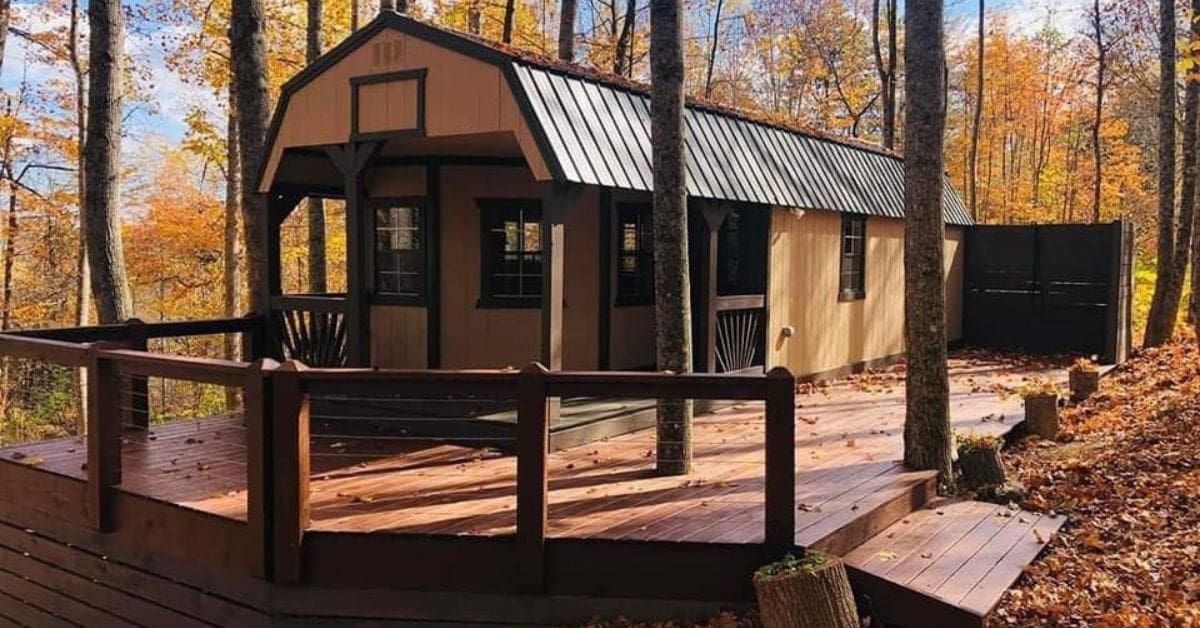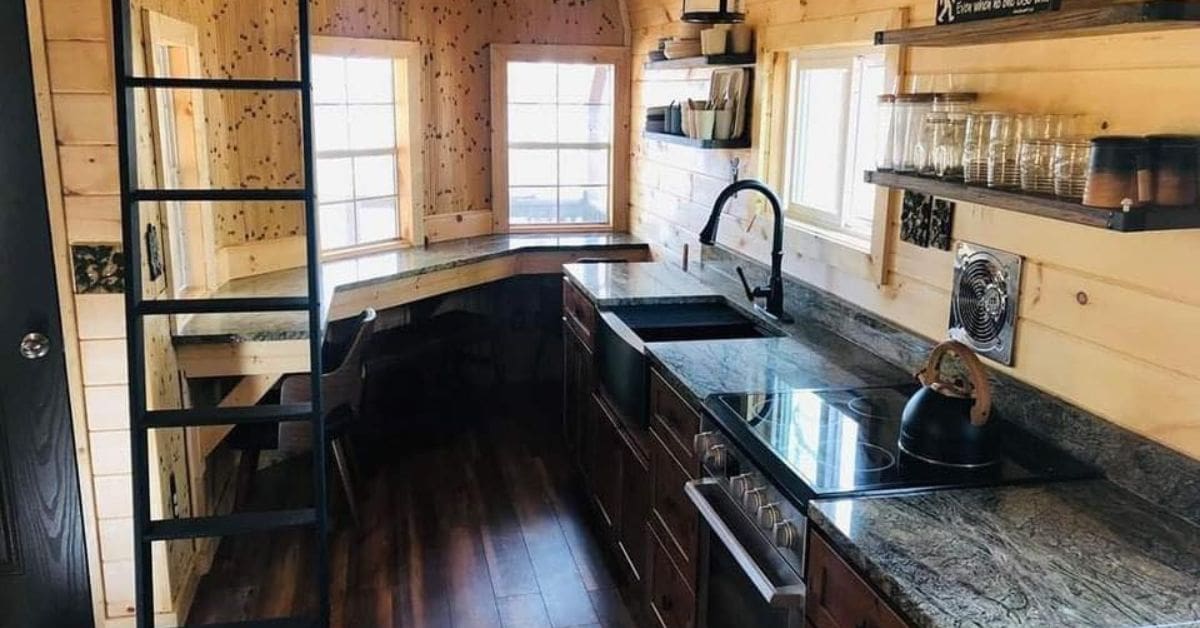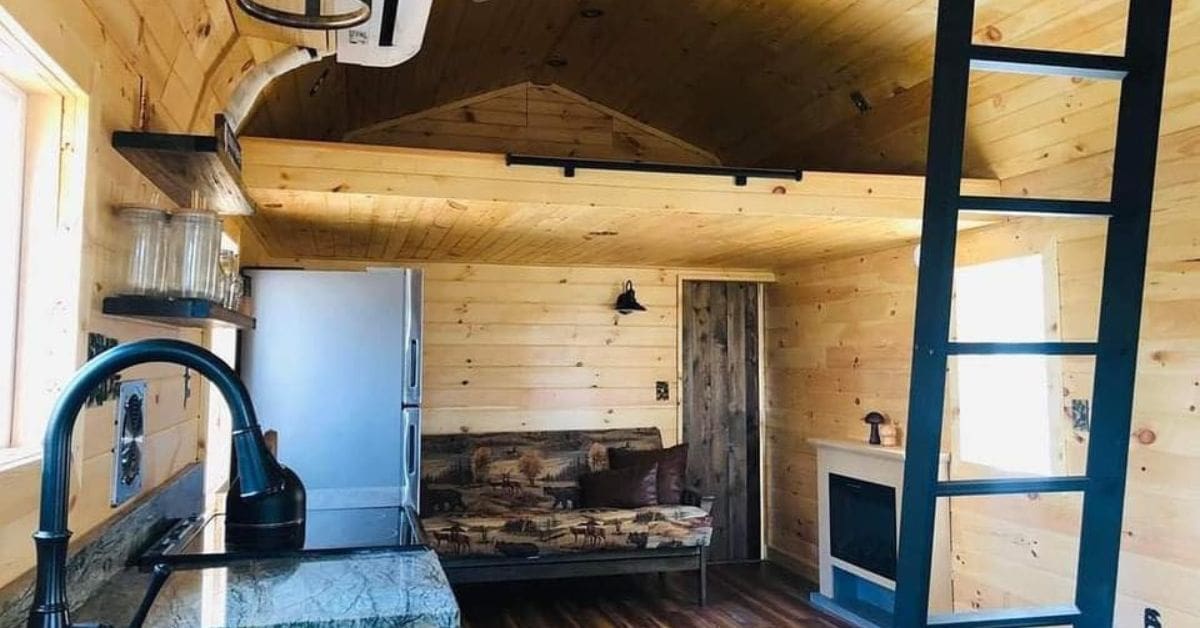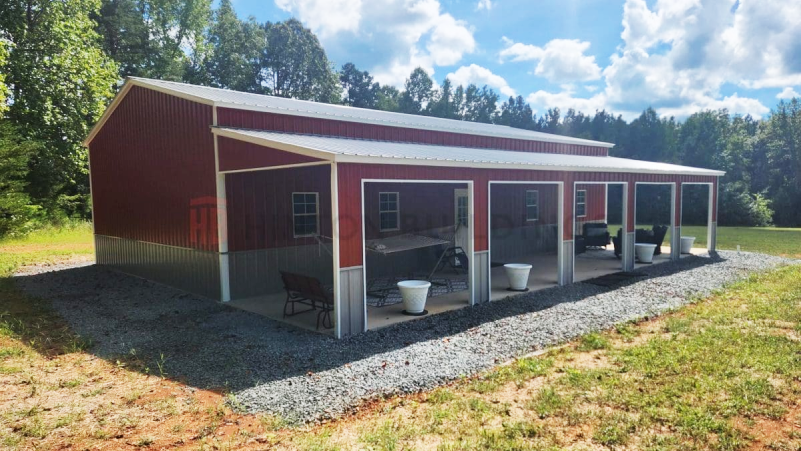
Have you ever dreamed of having a charming, cozy space to call your own without breaking the bank? The latest trend in home renovation is turning ordinary garden sheds into stylish and functional tiny houses. This innovative approach not only maximizes limited space but also provides a unique living experience.
Whether you’re looking for a minimalist lifestyle, a guest house, or a creative retreat, this guide will walk you through how to turn a shed into a tiny house.
Before you start the construction process, you’ll need to have a solid plan in place. Start by envisioning how your tiny house should look and function. Think about what you need and what you want. Sketch out rough layouts and consider the placement of key elements like the kitchen, bathroom, and sleeping area.
Next, assess the condition of your shed, making a checklist of repairs or reinforcements needed before any design work begins. Finally, create a timeline to help keep your project on track and your stress levels in check. Factor in time for research, purchasing materials, and actual construction work. A detailed plan will save you time, money, and headaches later on.
Understanding the legal and zoning requirements in your area is vital. Regulations can vary significantly depending on where you live. Start by checking with your local government or municipal office to determine what permits and approvals are necessary for converting a shed into a tiny house. Document everything meticulously, keeping records of all permits, approvals, and inspections.
In some areas, there may be restrictions on the size of the dwelling, its intended use, and its proximity to property lines or other structures. Ensure you are aware of building codes related to electrical work, plumbing, and insulation. Compliance with these regulations is essential to avoid potential fines or complications down the road. Being organized will make the process smoother and provide peace of mind, knowing your project is legally sound.
Designing your tiny house is where creativity meets practicality. The key is to maximize every inch of space while ensuring comfort and functionality. Start with a flexible floor plan that can adapt to your needs. Use multi-purpose furniture, such as a sofa that converts into a bed or a dining table that doubles as a workspace.
Consider vertical space as well by utilizing shelving, lofts, and wall-mounted storage to keep the floor area open. Natural light is your best friend in a tiny house, so incorporate large windows and skylights to make the space feel larger and more inviting. While functionality is crucial, your tiny house should also reflect your personal style. Choose a color palette that makes the space feel airy and cohesive and add personal touches with decor and accessories that bring warmth and character.

Once your design is set, you’ll need to gather the necessary materials and tools. Start with the basics, such as lumber, insulation, drywall, and roofing materials. Ensure that all materials meet the standards required for residential construction. Quality materials will ensure the longevity and safety of your tiny house.
You’ll also need a range of tools, from basic hand tools like hammers and screwdrivers to power tools like drills and saws. Don’t underestimate the importance of safety gear, goggles, gloves, and ear protection, which are a must for personal safety. For specialized tasks, such as electrical wiring or plumbing, you might need to rent specific tools or hire a professional. Having the right tools will make the construction process more efficient and reduce the risk of errors.
Creating a realistic budget is essential for the success of your project. Start by listing all potential expenses, including materials, tools, permits, and labor. Research average costs in your area to set a baseline.
Look for cost-saving opportunities to stretch your budget further. Reclaimed or recycled materials can add character to your tiny house and save money. DIY projects, such as building your own furniture or doing your own landscaping, can also cut costs. Keep a contingency fund for unexpected expenses. Sometimes projects run over budget, so having a financial cushion will help you stay on track without compromising your vision.
Deciding whether to go the DIY route or hire professionals can significantly impact your project. Here are some things to keep in mind:
DIY offers the satisfaction of building something with your own hands and can be more cost-effective. This is also a great way to get hands-on experience and ensure your project turns out how you want. However, it requires a good deal of time, effort, and skill.
Hiring professionals, on the other hand, ensures that the work is done to a high standard and complies with all regulations. It can also save time and reduce stress, allowing you to focus on design choices and finishes.
The Hybrid Approach
Consider a hybrid approach. You might handle simpler tasks yourself, like painting or installing shelves, and leave more complex work, such as electrical wiring, to the experts. This way, you get the best of both worlds.
If none of these options seem like they fit, you might also want to consider prefabricated homes. Old Hickory barns and sheds make an excellent option for anyone who appreciates the rustic charm of quality wood buildings.

Maintaining your tiny house is just as important as building it. Regular upkeep will ensure it remains a comfortable and safe space. Start with routine checks for any signs of wear and tear, especially in areas exposed to the elements, like the roof and windows.
In a small space, messes can quickly become overwhelming. Keep the interior clean and clutter-free by implementing a regular cleaning schedule and sticking to it. Seasonal maintenance is also crucial. Ensure your heating and cooling systems are in good working order before extreme weather hits and check the integrity of insulation and seals to maintain energy efficiency.
Turning a shed into a tiny house is a rewarding project that offers numerous benefits. From cost savings to creative expression, it allows you to create a unique living space tailored to your needs and style.
Remember, the key to success lies in careful planning, understanding regulations, thoughtful design, and proper maintenance. If you’re ready to take the plunge, gather your materials, roll up your sleeves, and get started on your tiny house adventure.
